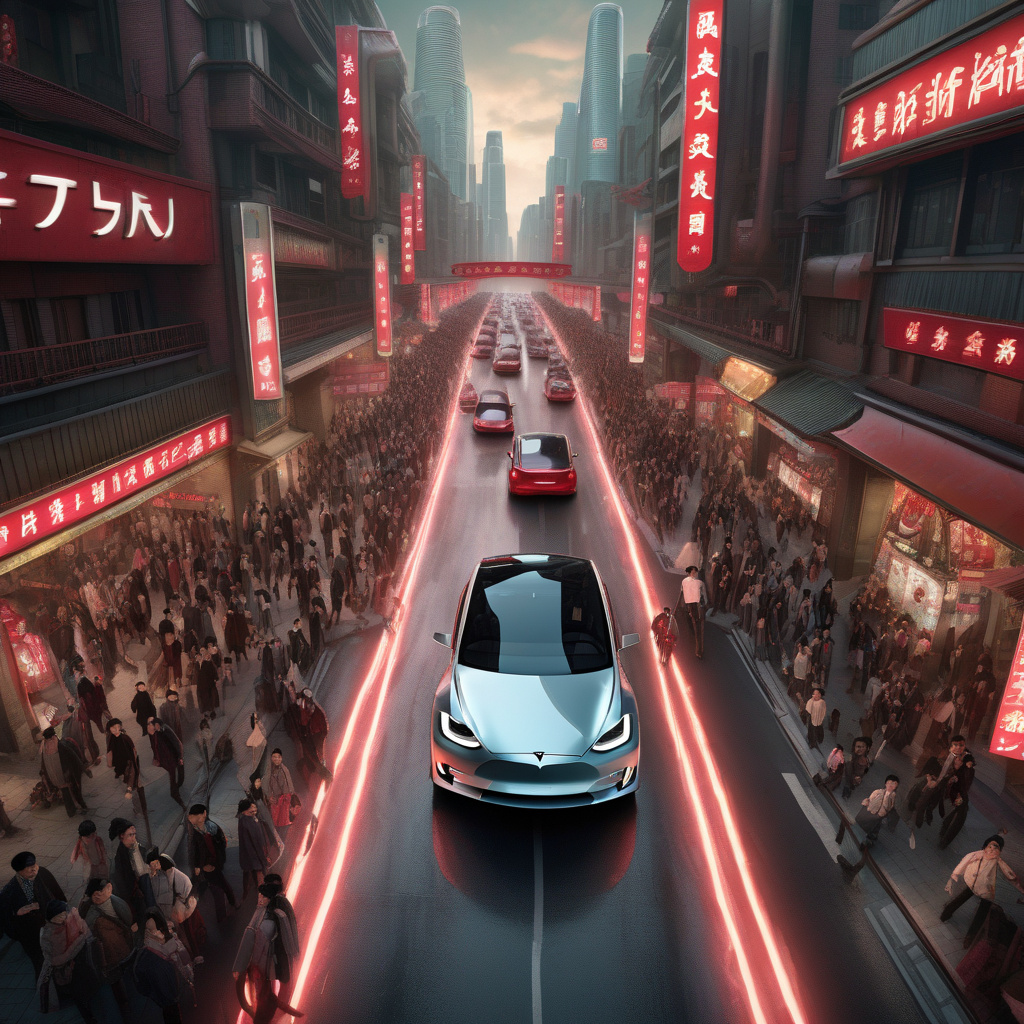Can Tesla’s self-driving AI survive China’s real-world chaos?
Ni Tao is IE’s columnist, giving exclusive insight into China’s technology and engineering ecosystem. His Inside Engineering column sheds light on the latest developments in the industry, offering a unique perspective on how global innovations fare in the Chinese market. One such innovation that has been making waves is Tesla’s self-driving AI technology. As Tesla continues to push the boundaries of autonomous driving, the question arises: can its self-driving AI survive China’s real-world chaos?
China presents a unique set of challenges for self-driving technologies. With its bustling cities, crowded streets, erratic drivers, and complex road conditions, navigating Chinese roads requires more than just advanced algorithms – it demands an understanding of the local nuances and an ability to adapt to the ever-changing environment. Tesla’s self-driving AI, known for its cutting-edge capabilities and continuous learning algorithms, faces a tough test in China’s dynamic and often unpredictable traffic landscape.
One of the key challenges Tesla’s self-driving AI faces in China is the sheer diversity of driving scenarios. From congested urban areas to winding rural roads, the AI system must be able to handle a wide range of conditions to ensure a safe and smooth driving experience. This requires not only sophisticated sensor technology but also robust machine learning algorithms that can quickly analyze and respond to new situations in real-time.
Moreover, China’s regulatory environment poses another hurdle for Tesla’s self-driving AI. The country’s strict regulations on autonomous driving technologies, coupled with concerns about data privacy and security, create a complex regulatory landscape that Tesla must navigate to bring its self-driving capabilities to the Chinese market. Ensuring compliance with local laws and regulations while maintaining the integrity and performance of its AI system is crucial for Tesla’s success in China.
Despite these challenges, Tesla’s self-driving AI has shown remarkable resilience and adaptability in the face of real-world chaos. By leveraging vast amounts of data collected from its fleet of vehicles worldwide, Tesla continuously refines and improves its AI algorithms to handle the complexities of Chinese roads. The company’s relentless focus on innovation and its commitment to pushing the boundaries of autonomous driving technology have enabled it to make significant strides in overcoming the challenges posed by China’s unique driving environment.
In conclusion, while Tesla’s self-driving AI may face formidable obstacles in China’s real-world chaos, the company’s dedication to innovation and its proven track record of pushing technological boundaries give it a fighting chance. By leveraging its advanced AI capabilities, vast data resources, and commitment to regulatory compliance, Tesla has the potential to not only survive but thrive in China’s dynamic and challenging market. As the world watches closely to see how Tesla’s self-driving AI performs in one of the most complex driving environments, one thing is clear – the future of autonomous driving is rapidly unfolding on the streets of China.
self-driving, AI, Tesla, China, technology












